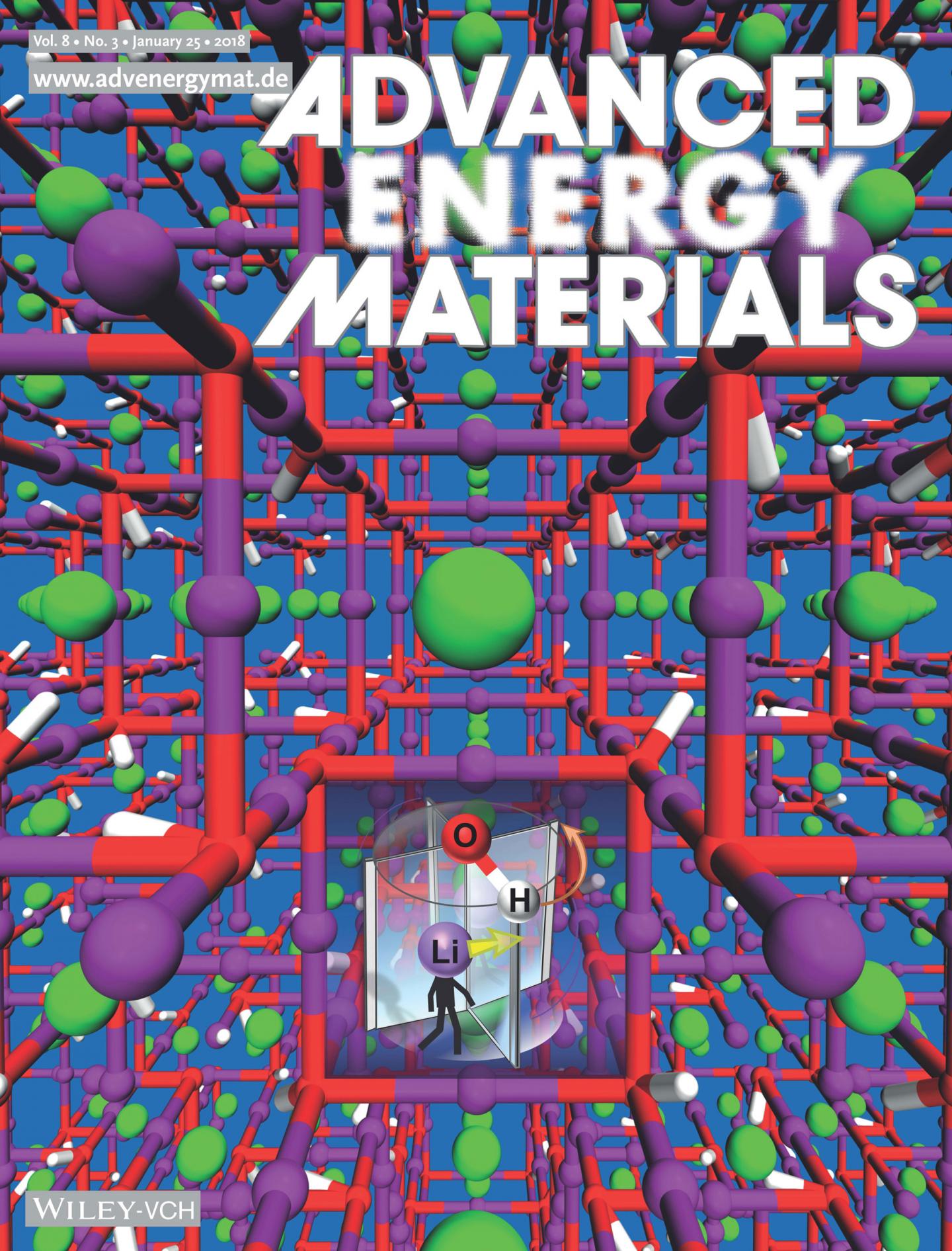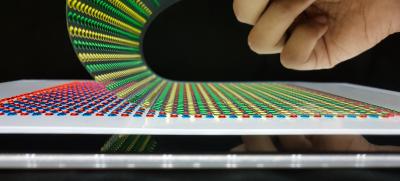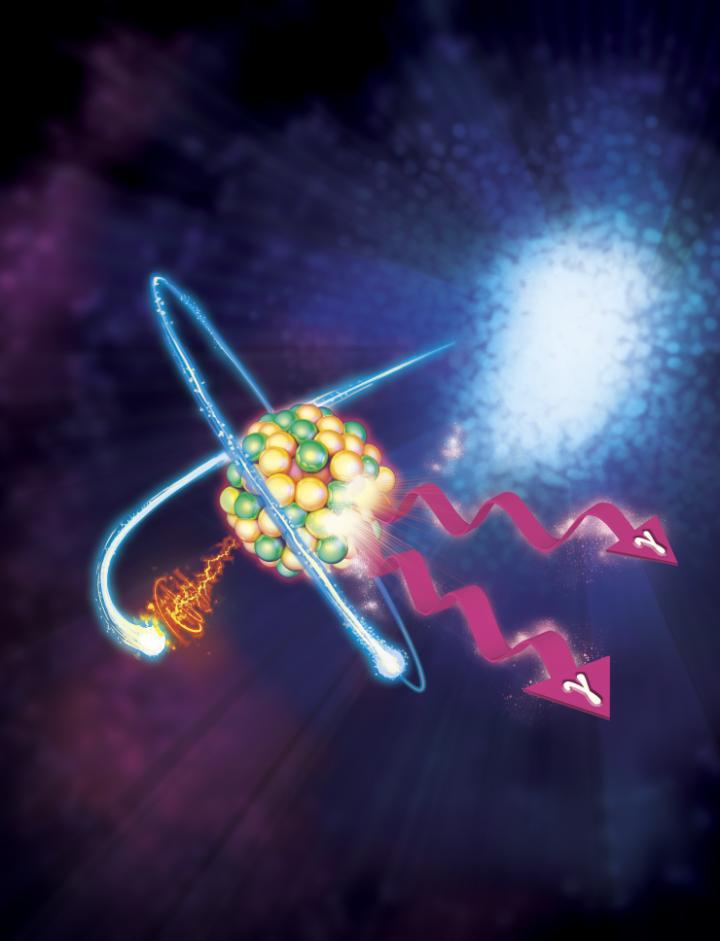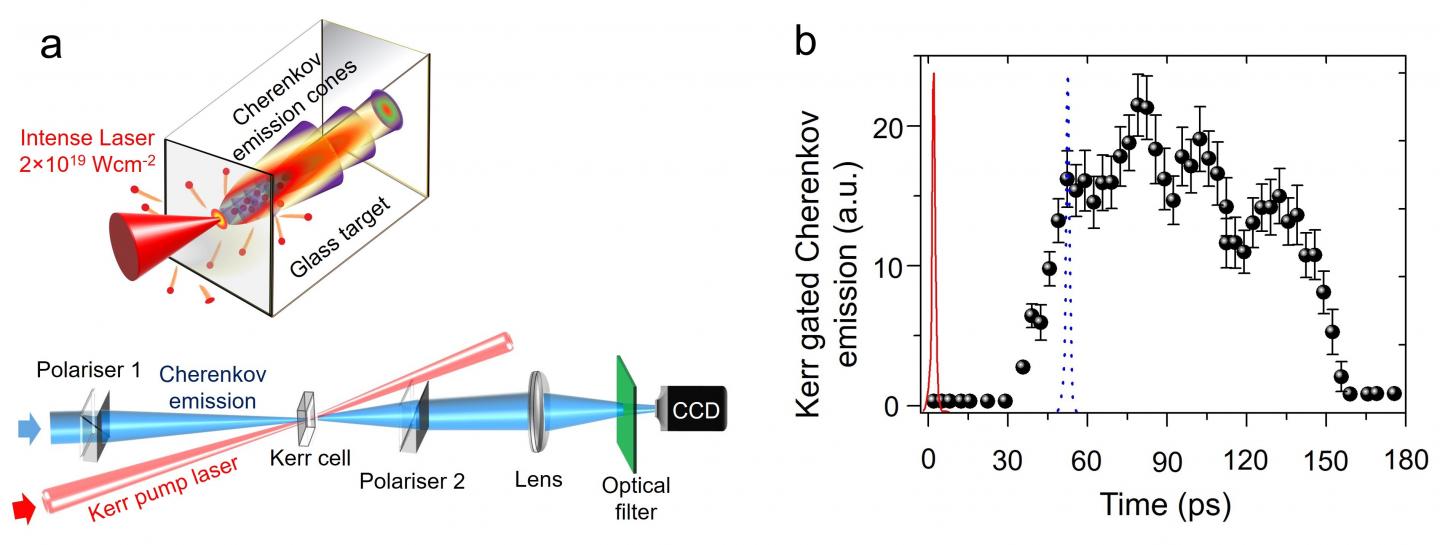
Joint modeling and experimental work by the US Army Research Laboratory and the Georgia Institute of Technology is focused on the development of batteries that improve the safety and energy density of ones currently found on the battlefield, and is featured on the cover of the prestigious Advanced Energy Materials journal.

Rensselaer will receive $2 million -- in collaboration with private sector companies and local transportation agencies -- to foster changes in freight demand patterns to reduce energy use, enhance quality of life, improve economic productivity, incorporate efficient practices into freight logistics, and publish lessons learned.

Electric Eel-Inspired Device Reaches 110 Volts: This photo depicts the printed, high voltage implementation of the artificial electric organ. A 3-D bioprinter was used to deposit arrays of gel precursor droplets onto plastic substrates, which were then cured with a UV light to convert them into solid gels. Alternating high-salinity and low-salinity gels (red and blue gels, respectively) were printed onto one substrate, and alternating cation-selective and anion-selective gels (green and yellow gels, respectively) were printed onto a second substrate. When overlaid, these gels connect to form a conductive pathway of 612 tetrameric gel cells that can be used to generate up to 110 volts.

The cover image is an artistic impression of the process of nuclear excitation by electron capture. A highly stripped ion, illustrated here as an atomic nucleus with a single orbiting electron, captures an incident electron into a vacant orbit. Under the right conditions, this capture transfers a small amount of energy into the nucleus, which subsequently emits a much larger amount of energy in the form of gamma rays.

The table-top laser experiment at the Tata Institute of Fundamental Research, Mumbai. (a) A high power laser pulse creates mega-ampere electron current pulses. Cherenkov emission in the form of cones is emitted by these electrons traveling faster than light in glass. (b) the time trace of the Cherenkov emission measured in the experiment.